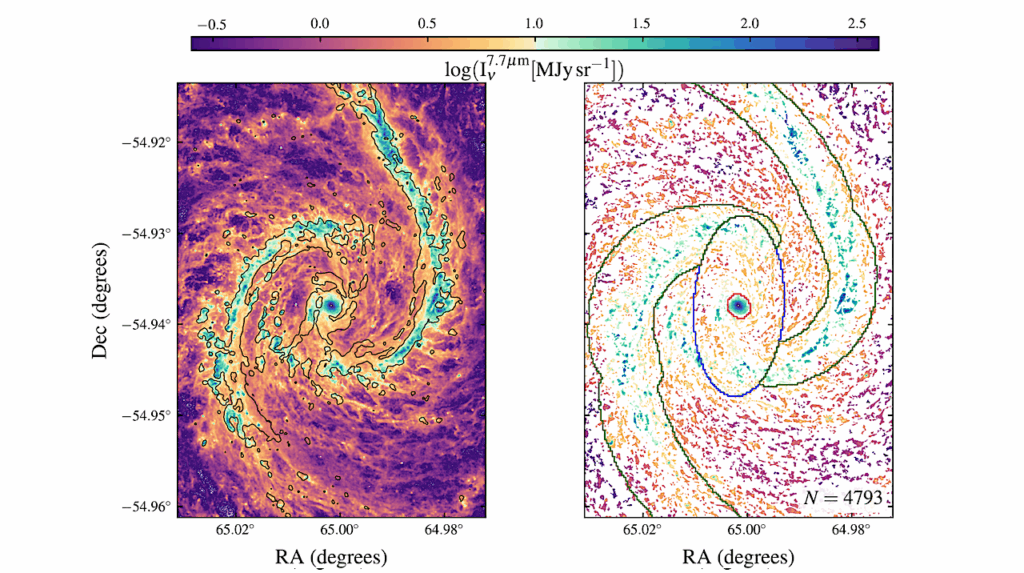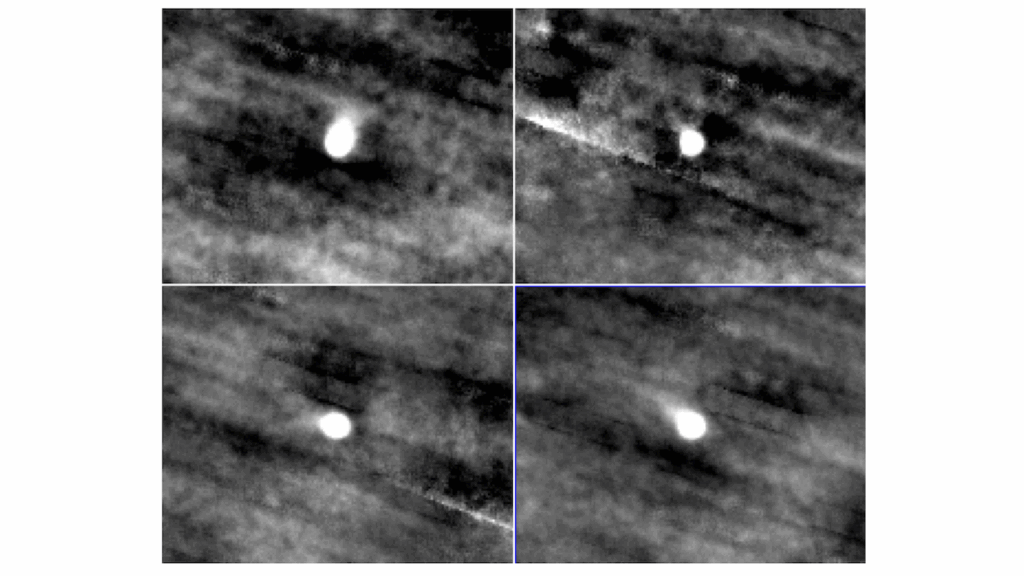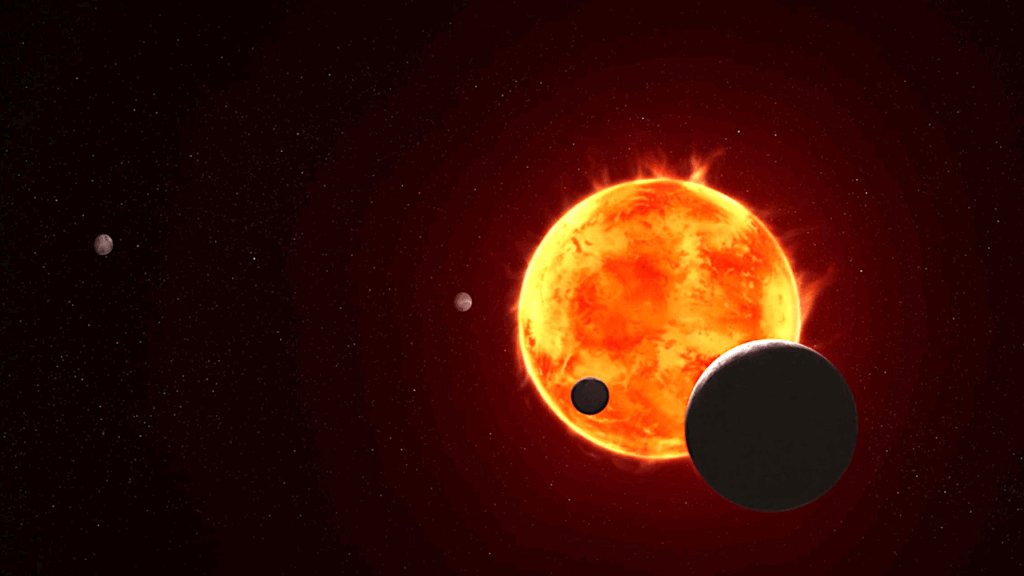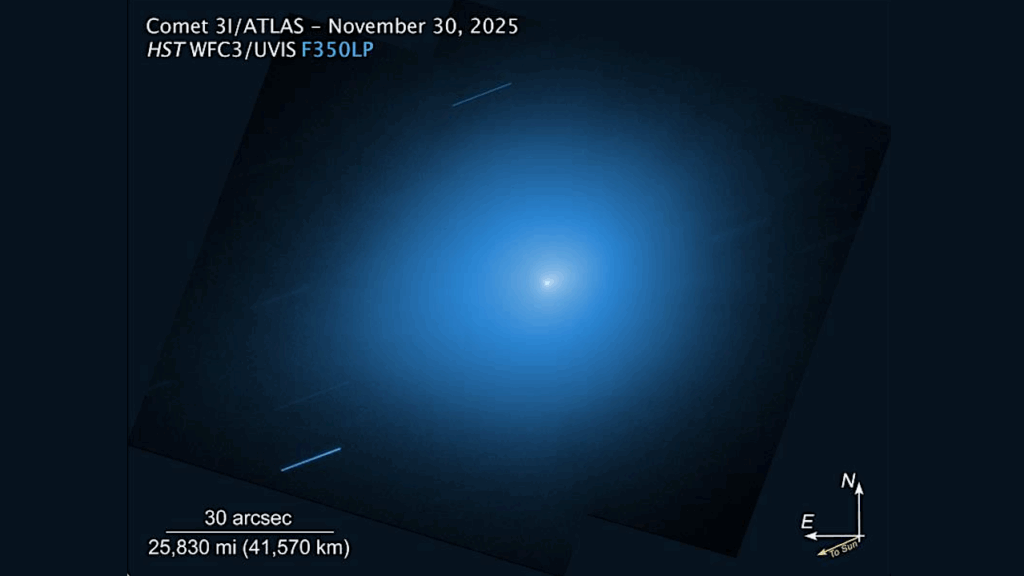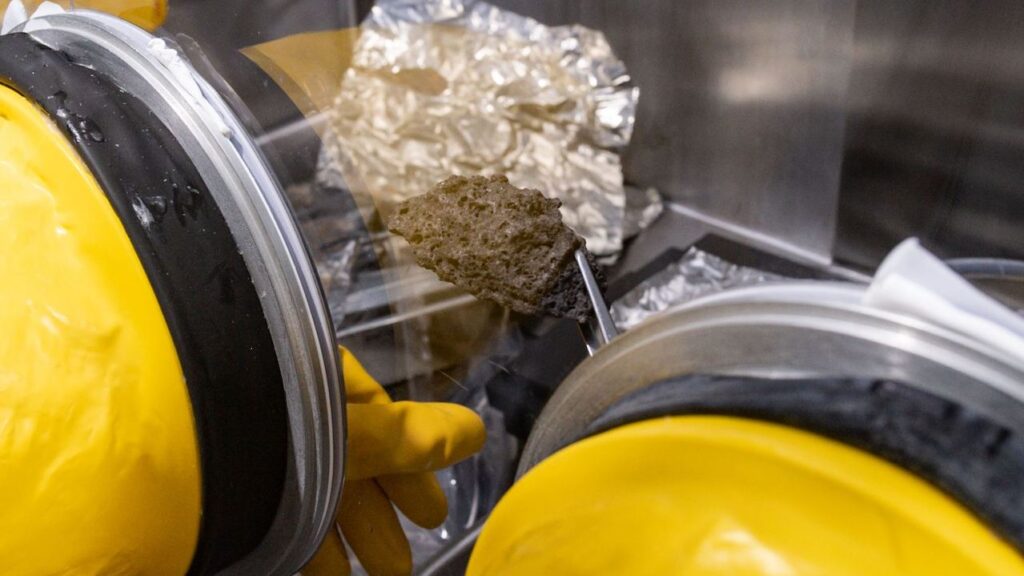Promise and Peril: Stellar Contamination and Strict Limits on the Atmosphere Composition of TRAPPIST-1c from JWST NIRISS Transmission Spectra
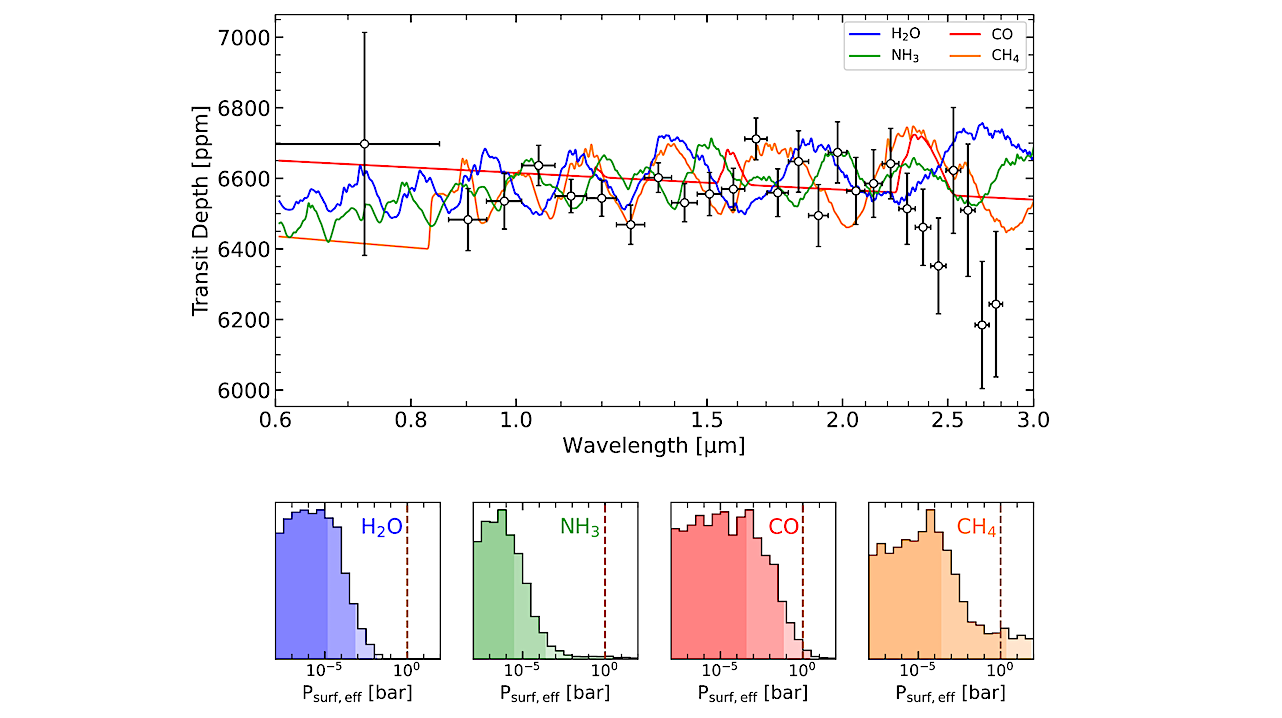
Attempts to probe the atmospheres of rocky planets around M dwarfs present both promise and peril. While their favorable planet-to-star radius ratios enable searches for even thin secondary atmospheres, their high activity levels and high-energy outputs threaten atmosphere survival.
Here, we present the 0.6–2.85μm transmission spectrum of the 1.1 Earth-radius, ~340K rocky planet TRAPPIST-1c obtained over two JWST NIRISS/SOSS transit observations. Each of the two spectra displays 100–500 ppm signatures of stellar contamination. Despite being separated by 367 days, the retrieved spot and faculae properties are consistent between the two visits, resulting in nearly identical transmission spectra.
Jointly retrieving for stellar contamination and a planetary atmosphere rules out with high confidence (>3-σ) not only clear hydrogen-dominated atmospheres, but even thin, 1-bar high-mean molecular weight atmospheres rich in H2O, NH3, or CO (at the 2-σ level).
We find that the only atmosphere scenarios which our spectrum cannot rule out are CH4– or CO2-rich atmospheres, which are both unlikely to be retained when considering the photodestruction of CH4 and the susceptibility of even a CO2-rich atmosphere to escape given the cumulative high-energy irradiation experienced by the planet.
Our results further stress the importance of robustly accounting for stellar contamination when analyzing JWST observations of exo-Earths around M dwarfs, as well as the need for high-fidelity stellar models to search for the potential signals of thin secondary atmospheres.

Constraints on N2– and O2-dominated atmospheres from the transmission spectrum of TRAPPIST-1 c. Top panels: Two-dimensional posterior distribution of the partial pressure of the considered absorber at the effective surface pressure (left to right: H2O, NH3, CO, CH4) as a function of the partial pressure of the background gas N2 at the effective surface probed by the transmission spectrum. The 1 and 2σ contours are filled with different colour shadings. The parts of the parameter space corresponding to effective surface pressures of 0.1, 1, and 10 bar are outlined by the dotted, dashed, and solid sienna lines. We also illustrate where the amounts of methane in the atmosphere of Titan (with or without aerosols, purple markers; Charnay et al. 2014) and of water in the atmosphere of Modern Earth (blue marker; Kasai et al. 2011; Kelsey et al. 2022) would lie relative to our posterior distributions. Bottom panels: Same as the top panels, but for the retrievals with O2 rather than N2 as the background gas. — astro-ph.EP
Michael Radica, Caroline Piaulet-Ghorayeb, Jake Taylor, Louis-Philippe Coulombe, Loïc Albert, Étienne Artigau, Björne Benneke, Nicolas B. Cowan, René Doyon, David Lafrenière, Alexandrine L’Heureux, Olivia Lim
Comments: 16 pages, 6 figures. Submitted to ApJL
Subjects: Earth and Planetary Astrophysics (astro-ph.EP)
Cite as: arXiv:2409.19333 [astro-ph.EP] (or arXiv:2409.19333v1 [astro-ph.EP] for this version)
https://doi.org/10.48550/arXiv.2409.19333
Focus to learn more
Submission history
From: Michael Radica
[v1] Sat, 28 Sep 2024 12:34:10 UTC (4,264 KB)
https://arxiv.org/abs/2409.19333
Astrobiology, Astrochemistry,



